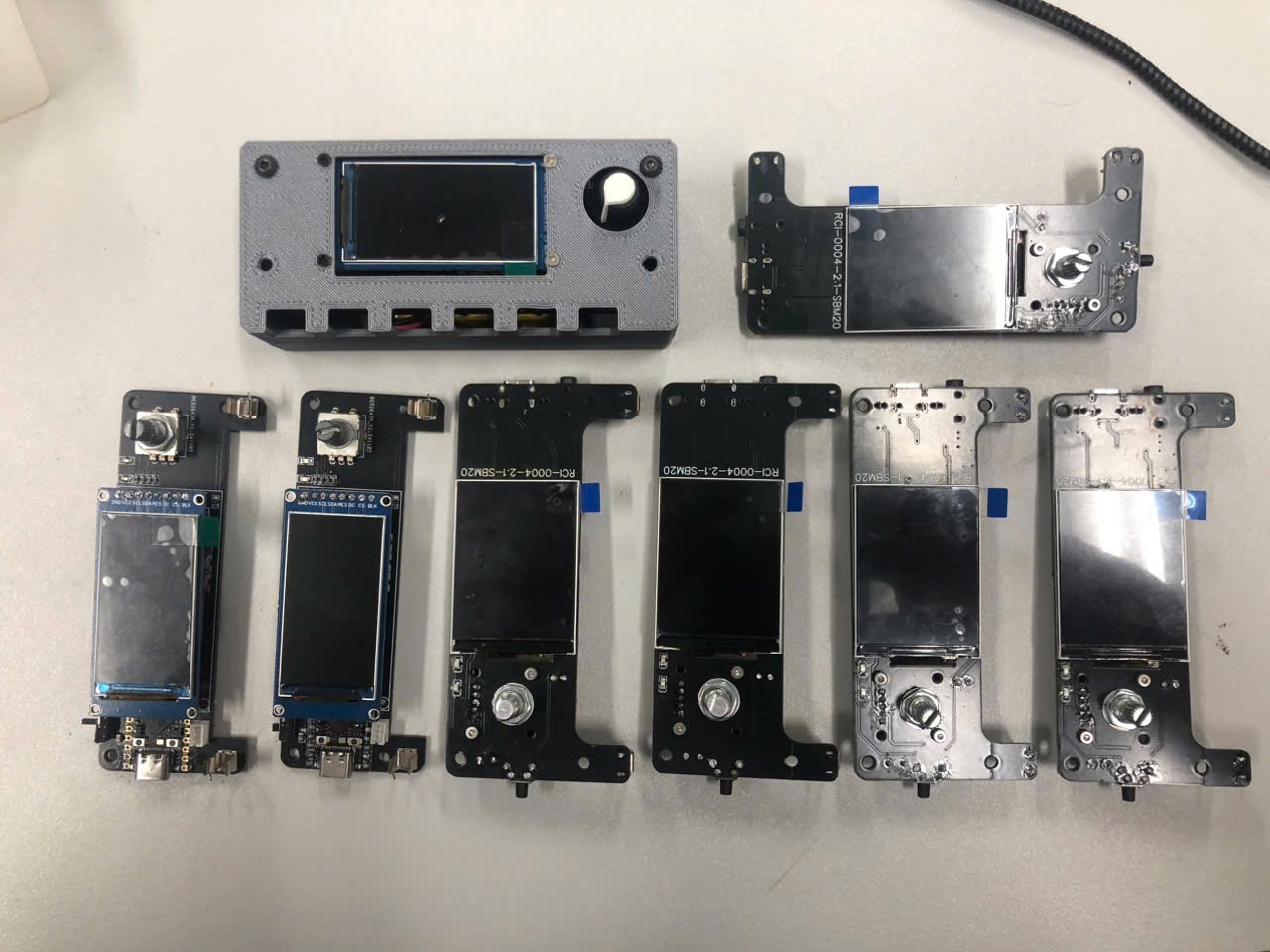Technical Description
The Geiger-Müller counter operates by detecting ionizing particles that enter a gas-filled tube and cause ionization. When a high-voltage potential is applied across the tube electrodes, ionizing radiation causes gas atoms to ionize, triggering a cascade that generates an electrical pulse. These pulses are counted and converted to a readable radiation level.
Core Components
- Geiger-Müller Tube: Central detection component containing low-pressure gas and electrodes.
- High Voltage Supply: Provides necessary potential (typically 400–900V) across the tube.
- Pulse Counter: Electronic circuit to register each detected event.
- Display Unit: Shows counts per second (CPS), counts per minute (CPM), or dose rate.
- Audio Output: Optional speaker or buzzer to emit a 'click' sound with each detection.
- Shielding: May include filters or casings to limit the type of detected radiation.
Specifications
| Parameter |
Typical Value |
| Detection Type | Alpha, Beta, Gamma |
| Operating Voltage | 400–900V DC |
| Tube Fill Gas | Argon, Helium, Neon with halogen or organic quench gas |
| Display Output | CPM / µSv/h / mR/h |
| Response Time | 0.1–1 sec |
| Power Supply | Battery (3–9V) or external power adapter |
Types of Detected Radiation
- Alpha particles (α): Detectable only with special thin-window tubes.
- Beta particles (β): Easily detected depending on shielding and energy.
- Gamma rays (γ): Detected indirectly via ionization events in gas.
Safety Notes
- Do not disassemble the high voltage section while powered on.
- Use certified sources or natural radiation for safe measurement.
- Be cautious of long-term exposure to high radiation levels during experiments.
Applications
Geiger-Müller counters are commonly used in:
- Environmental radiation monitoring
- Nuclear industry and laboratory safety
- Educational demonstrations and teaching tools
- Radiological emergency response
